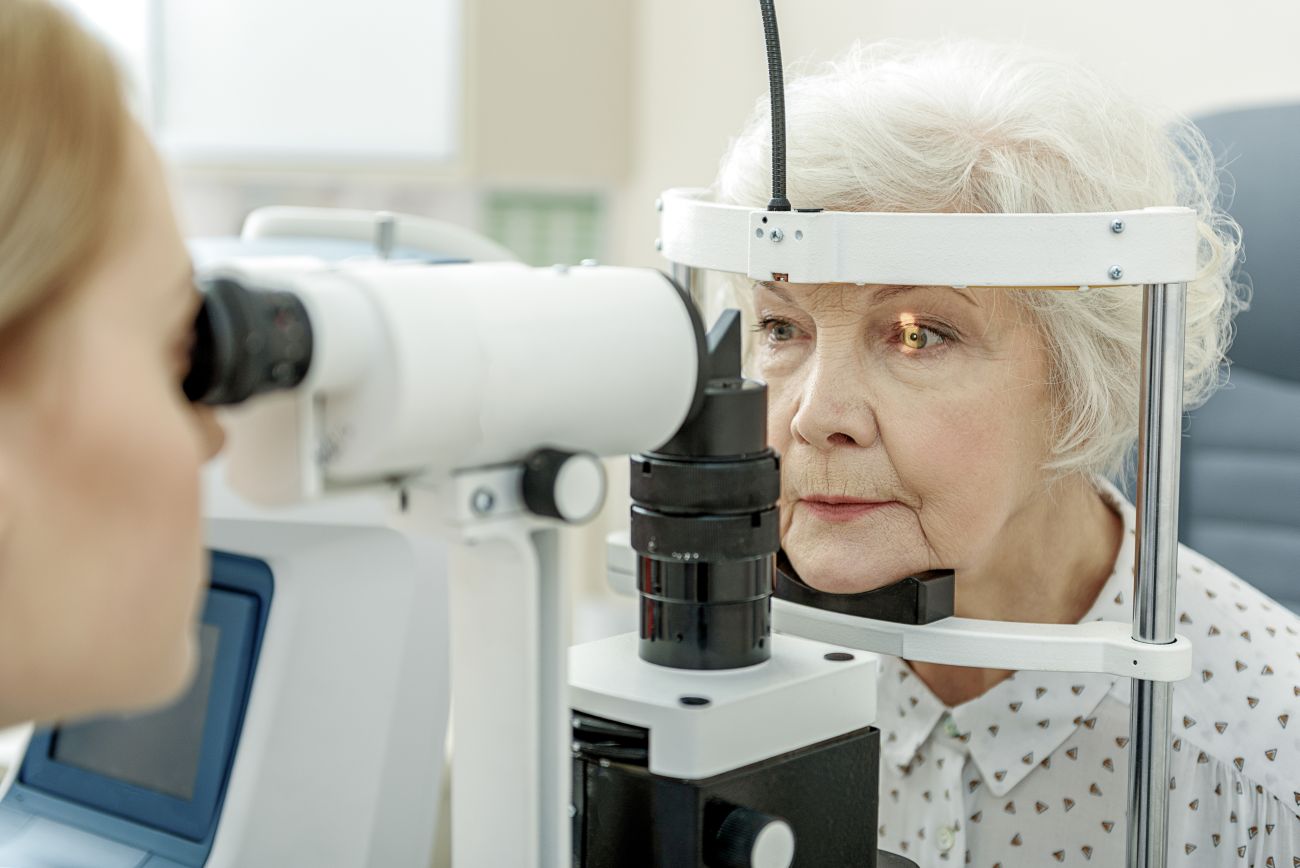Glaucoma often develops without noticeable symptoms until it’s in its advanced stages. Fortunately, you can learn everything you need to know about glaucoma with a search online right now, which could help you spot early symptoms.
This group of eye conditions can lead to vision loss and blindness. Understanding the risk factors associated with glaucoma and the available treatment options is crucial for preserving your eye health.
What is Glaucoma?
Glaucoma is a group of eye conditions that target and damage the optic nerve. In many cases, this damage is caused by an abnormal increase in eye pressure.
Yes, glaucoma can cause blindness. More than that, the vision loss caused by glaucoma can’t be recovered. While there are many treatment options that can lower the eye pressure and preserve the eyesight that the patient still has, there is no cure. Also, a glaucoma sufferer will likely require continuous treatment for the rest of their life.
Glaucoma Symptoms
Glaucoma symptoms can vary quite substantially depending on the type. Open-angle glaucoma, which comes on slowly, may not present any symptoms at all. Though, the first sign of it is often the loss of the patient’s peripheral vision.
As previously mentioned, angle-closure glaucoma comes on fast. It is often associated with:
- Severe eye pain;
- Eye redness;
- Headaches;
- Blurry or foggy vision;
- Nausea and vomiting, and;
- Halos around lights.
The many other forms of glaucoma are often associated with irritation around bright lights and perceiving halos around lights.
Glaucoma Risk Factors
Understanding the risk factors associated with glaucoma is vital for early detection and prevention. This stealthy eye condition can silently damage your vision, making awareness crucial. Some key risk factors to consider include elevated internal eye pressure, age over 55, and a family history of glaucoma.
Additionally, specific medical conditions and the use of corticosteroid medicines, especially eye drops, can increase your risk. It’s important to stay vigilant, especially if you have any of these risk factors, to protect your eye health and vision.
Treatments
Though there is no outright cure for glaucoma, there are several different treatment options available to those looking to mitigate their symptoms and preserve their eyesight.
Eye Drops
One of the more popular, eye drops is also one of the least invasive options. Glaucoma eye drops can vary widely depending on the severity of your condition and your responsiveness to previous treatments.
The active ingredient in glaucoma eye drops often include:
- Beta blockers;
- Alpha agonists;
- Carbonic anhydrase inhibitors, and;
- Prostaglandin analogs.
Additionally, how you administer your eyedrops can vary. As such, many insist that you lean on your doctor’s expertise to ensure maximal effectiveness.
Medication
If eye drops fail to reduce a patient’s eye pressure, their doctor may prescribe pills. Medications like Diamox and Neptazane are commonly used to ease eye pressure by slowing the production of fluid in your eyes.
Side effects of these medications may include:
- Tingling in your hands and feet;
- An increased need to urinate;
- Memory issues;
- Fatigue, and;
- An upset stomach.
Laser Therapy
Laser therapy is certainly more invasive than eye drops and oral medications, though admittedly more comfortable than surgery. It relies on a small laser beam to open clogged channels in the trabecular meshwork of the eye.
The results of laser therapy are gradual, though they are effective over time.
Surgery
If medications, eyedrops, and laser therapy all fail to produce meaningful results, your doctor may recommend surgery. More specifically, filtering surgery, drainage tube surgery, or minimally invasive glaucoma surgery (MIGS).
- Filtering Surgery: Involves your doctor creating an opening in the white of your eye to remove part of the trabecular meshwork.
- Drainage Tube Surgery: Uses a small tube shunt in your eye to drain excess fluid and relieve pressure.
- MIGS: Catch-all term that is used to describe any glaucoma surgery that requires only small incisions, less recovery time, and causes less trauma to the eye.
Prevention
If you happen to have a family history of glaucoma or you’re just looking to be proactive in the fight to protect your eyesight, there are several preventative actions that you can take.
- Maintain a healthy weight
- Limit your caffeine intake
- Stick to a regular exercise routine
- Refrain from smoking
- Prevent overexposure to sunlight by wearing sunglasses and hats
Regular eye exams are also essential, especially if you’re over the age of 40.
Learn More About Glaucoma Today!
To gain a comprehensive understanding of glaucoma, its risk factors, and available treatment options, delve deeper into this essential topic by continuing your online research. Glaucoma is a stealthy eye condition that can have a significant impact on your vision if left untreated.
By learning more about it, you can take proactive steps to safeguard your eye health and make informed decisions about prevention and treatment. Don’t hesitate to explore further and arm yourself with the knowledge necessary to protect your eyesight.
